Balancing a checkbook is a life skill, but how do you teach it?
Here’s all you need to know to teach kids to balance a checkbook.

This article contains affiliate links to things that you might like.
What Is Balancing a Checkbook?
Balancing a checkbook–even if you don’t have a physical checkbook–means keeping track of the money going out and coming into your checking account.
In financial terms, it means adding your credits and debits.
Why Kids Should Learn to Balance a Checkbook
In this age of swipe, swipe, swipe, is it essential that kids know how to balance a checkbook?
Yes!
You want your kids to understand how to manage money, which starts with knowing how much money you have.
That’s where balancing a checkbook comes in.
You keep track of the money flowing out and the money coming in.
It’s the first step to making a budget and keeping it.
It also can prevent your kids from over-drafting their accounts (spending more money than they have).
Considering the standard overdraft fee is around $35 per incident, they should avoid it.
Balancing a checkbook also is a step toward fraud prevention.
When you know how much money you have and where it’s going, you will quickly spot any unusual charges.
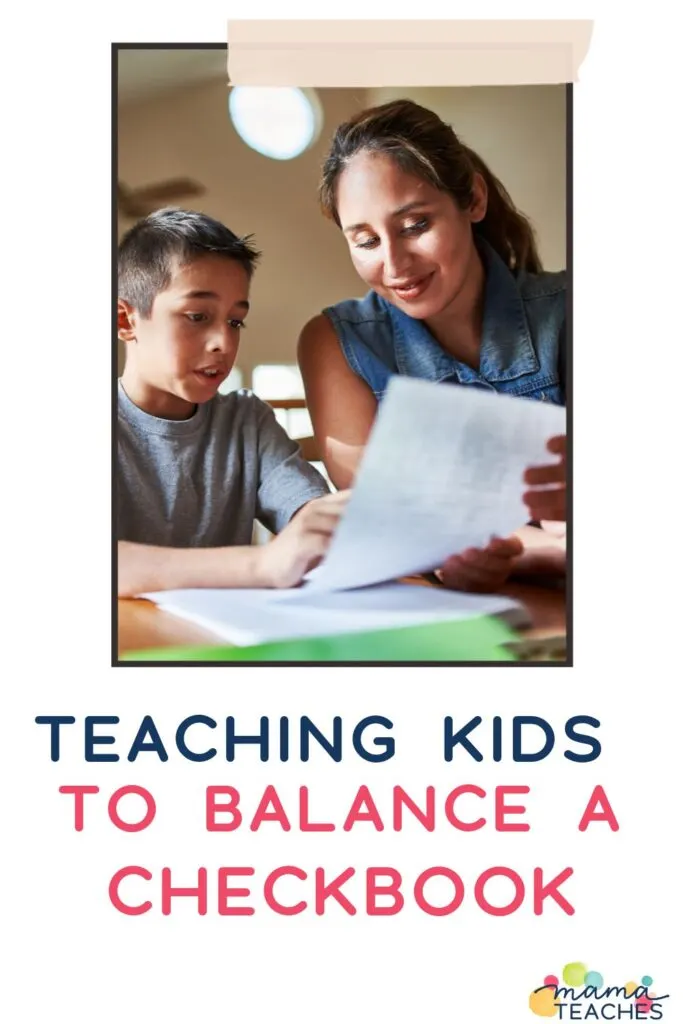
Balancing a Checkbook and Online Banking
If your student has an online banking app, you may wonder why he or she needs to learn to balance a checkbook.
It Makes Money More Real
When they physically add and subtract their credits and debits, kids are more likely to “count the cost” before they spend.
When kids balance a checkbook, they are less likely to make impulse purchases and value their hard-earned money more.
It Lays a Foundation
You may not always require your student to balance a checkbook (if they have a mobile banking app), but this training will change how they think about spending and saving.
It can also give them valuable skills to help them plan and stick to a budget.
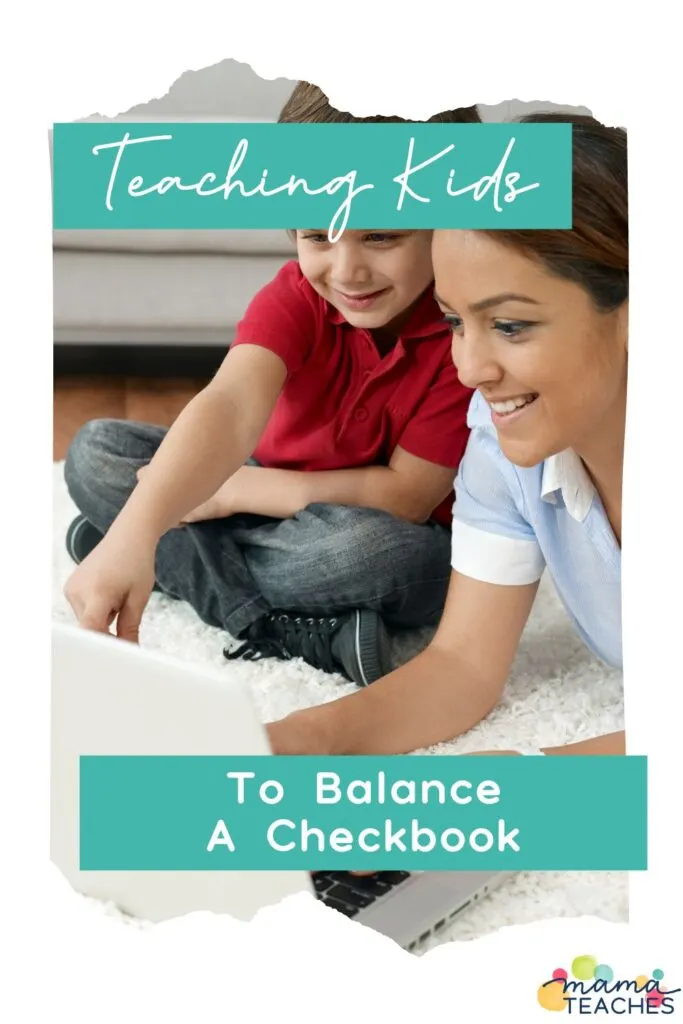
Steps to Balance a Checkbook for Students
Balancing a checkbook is real-life math, but it doesn’t take advanced skills.
If you can add and subtract, you can balance a checkbook.
Here’s how you can explain how to balance a checkbook to your kids.
Step 1: Get a Checkbook Register
If you have checks, your bank will likely have provided you with a checkbook register.
A register is a spreadsheet that has columns for the date, check number (if applicable), description of the purchase or debit, outgoing payments, deposits, and account balance.
If you don’t have a checkbook register, you can print off a template online.
You could also create a digital spreadsheet.
Step 2: Start with Your Account Balance
Record your account balance in the upper right corner of the register under the “Account Balance” column.
Step 3: Enter Your First Debit
Let’s say you went to Target and spent $15 on a shirt.
Write the date in the register.
If you used a check, enter the check number.
If you used a debit card, leave the check number space blank.
Then write a description of the purchase.
It could be as simple as “Target-shirt.” Then enter $15 in the debit column of your checkbook.
Anything in the debit column should be considered a negative number because they take away money from your account.
That means you will subtract the amount from your account balance.
If your account balance started at $350, you would write $335 in the account balance column in the row of “Target-shirt.”
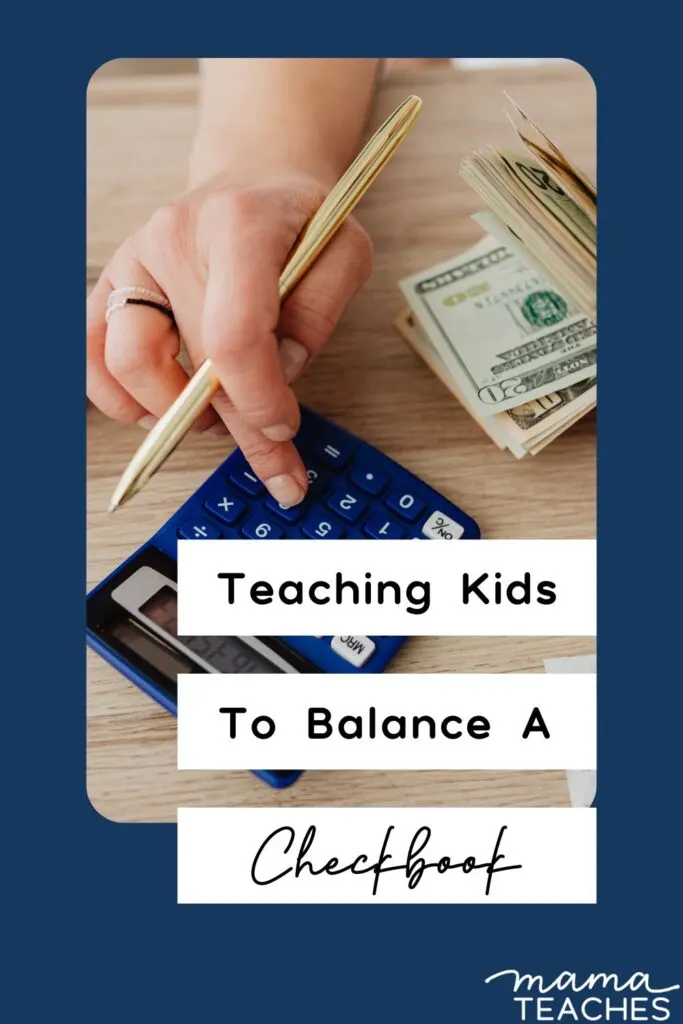
Step 4: Enter Your First Deposit
When you deposit money (whether it be cash, check, or an electronic transfer), enter the date and description.
Again, the descriptions are only a memory prompt; “Grandma bday check” or “babysitting money” are sufficient descriptions.
This time enter the amount in the deposits column.
Let’s say that Grandma gave you $30 for your birthday.
Treat deposits as positive numbers since they add money to your account.
After your Target run, your account balance was $335.
Now that you have added Grandma’s money, your account balance is $365.
Write that number in the account balance space in the row.
Step 5: Compare the Balances
You should periodically compare the balance you have in your register to the balance of your account.
Every month you get a statement from your bank (either through the mail or email).
It will list your account balance and your monthly activity.
Compare the balance in your register to the balance on your statement.
With online banking, you can compare your balances at any time.
If the amounts match, you have successfully balanced your checkbook!
If they don’t, look for what you may have missed.
It’s also possible that you have been a victim of fraud, so stay on the lookout for unusual debits.
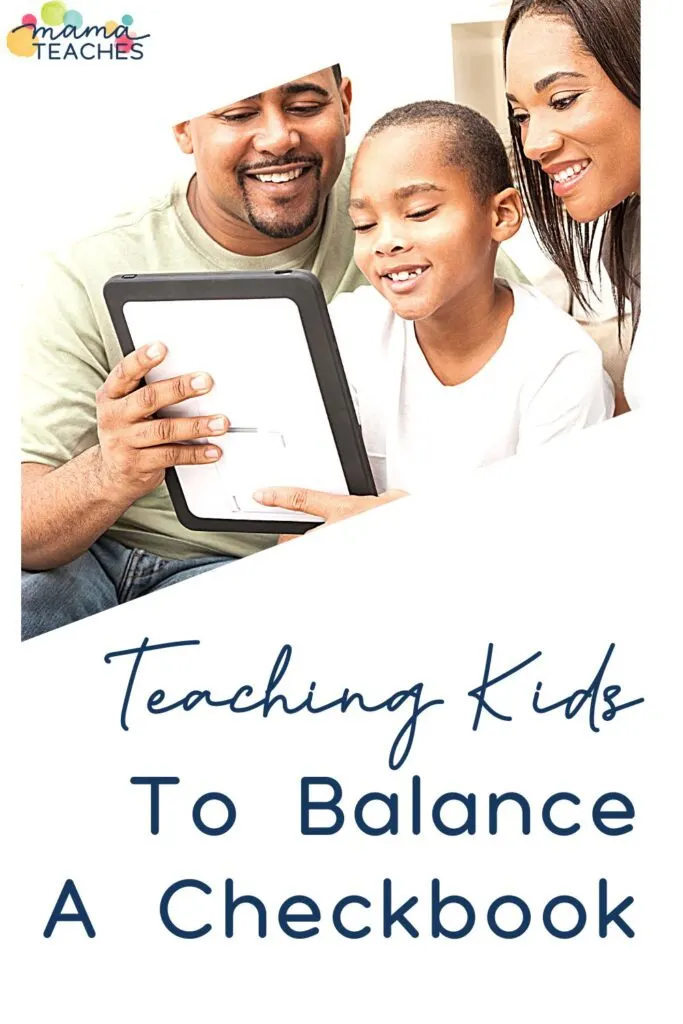
How Often You Should Balance a Checkbook
Your student should record his purchases and deposits frequently.
He should do it every day.
It takes just a minute or two.
Otherwise, he will end up stockpiling receipts (and let’s face it, he’ll lose some).
Or worse, he’ll forget he made a purchase in the first place and run the risk of over-drafting his account or blowing his budget.
How often should your student compare her checkbook register to her account balance?
Once a month is sufficient.
She can do it when she receives her monthly bank statement.
Balance a Checkbook and Online Statement Activity Ideas
You can practice the skills of balancing a checkbook with these activities.
Run a Simulation with Fake Money
Print out a check register and grab the fake money from the game of Monopoly or Life.
Write some stores/restaurants your student frequents on pieces of paper and hang them around the room.
Give your student a set amount of money to start (say, $500).
Have him enter the amount in the register.
Then “shop” at the various stores and restaurants.
Ask your student what he’d like to purchase and tell him how much that will be.
Have him record his purchases.
Surprise him with credits: “You just mowed a neighbor’s lawn and received $20.”
He can keep track of everything with his register.
After ten minutes, compare his account balance in the register to his cash on hand.
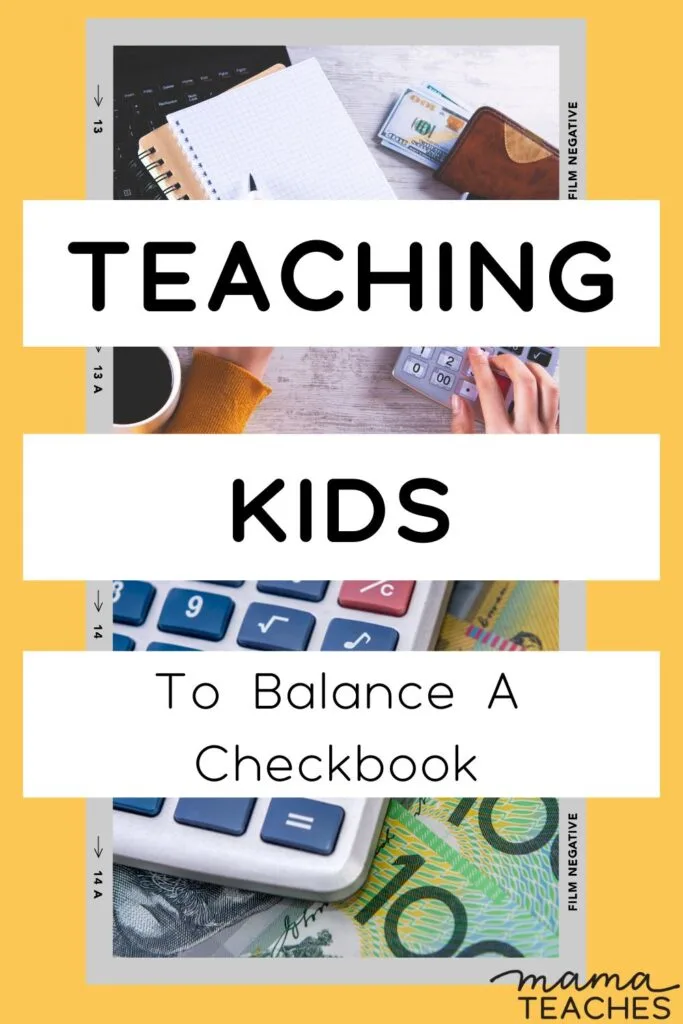
Convert an Online Statement to a Check Register
if your student already has a checking account (but is not yet balancing a checkbook), print off his last couple of bank statements.
Have him convert the online statements to register entries.
Can he put the deposits and debits in the right columns and know when to add and subtract?
How Teach Kids to Balance a Checkbook
Teaching kids to balance a checkbook is a step toward financial literacy and a life skill.
By taking the time to manage their checking account, you will set them up for financial success.
